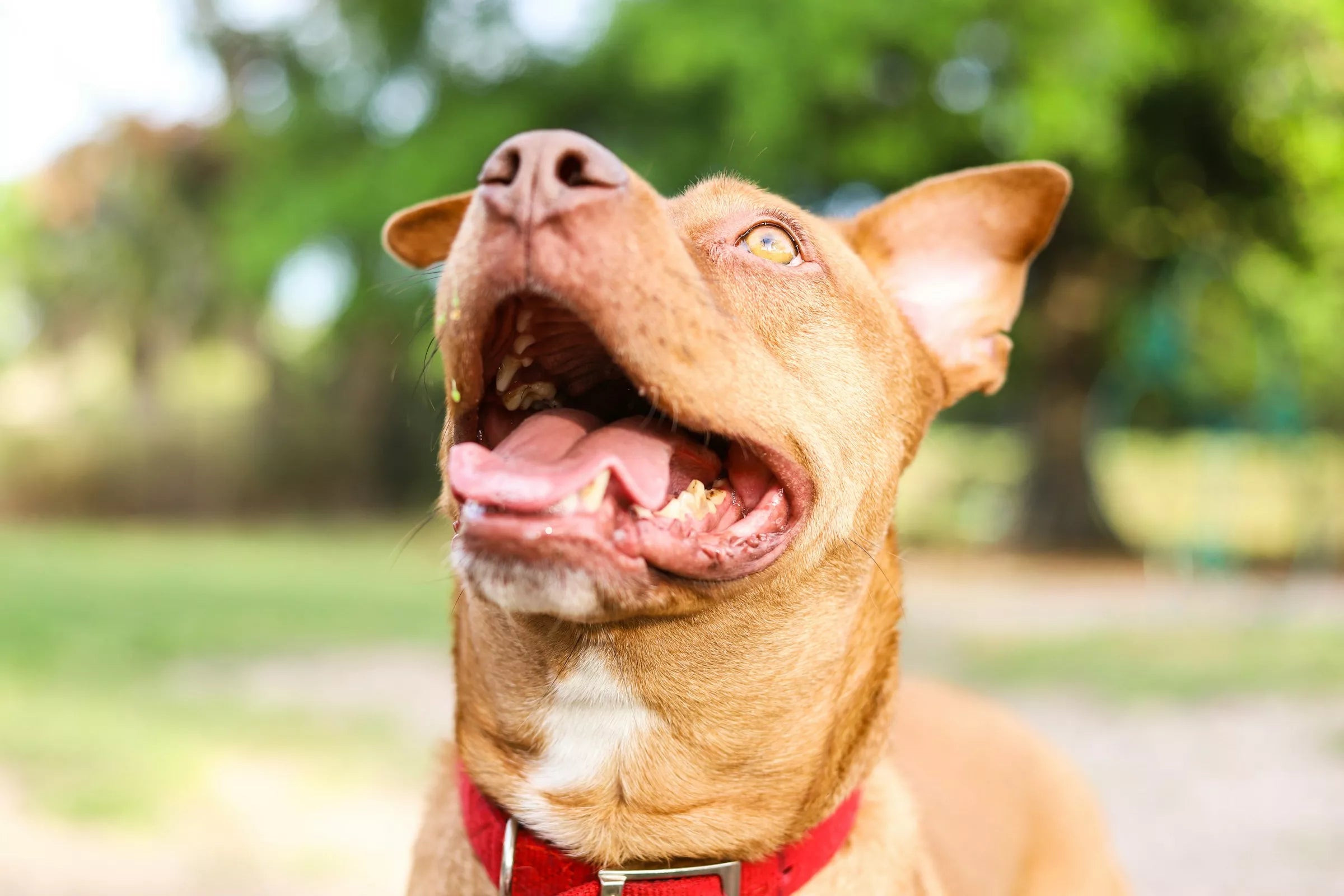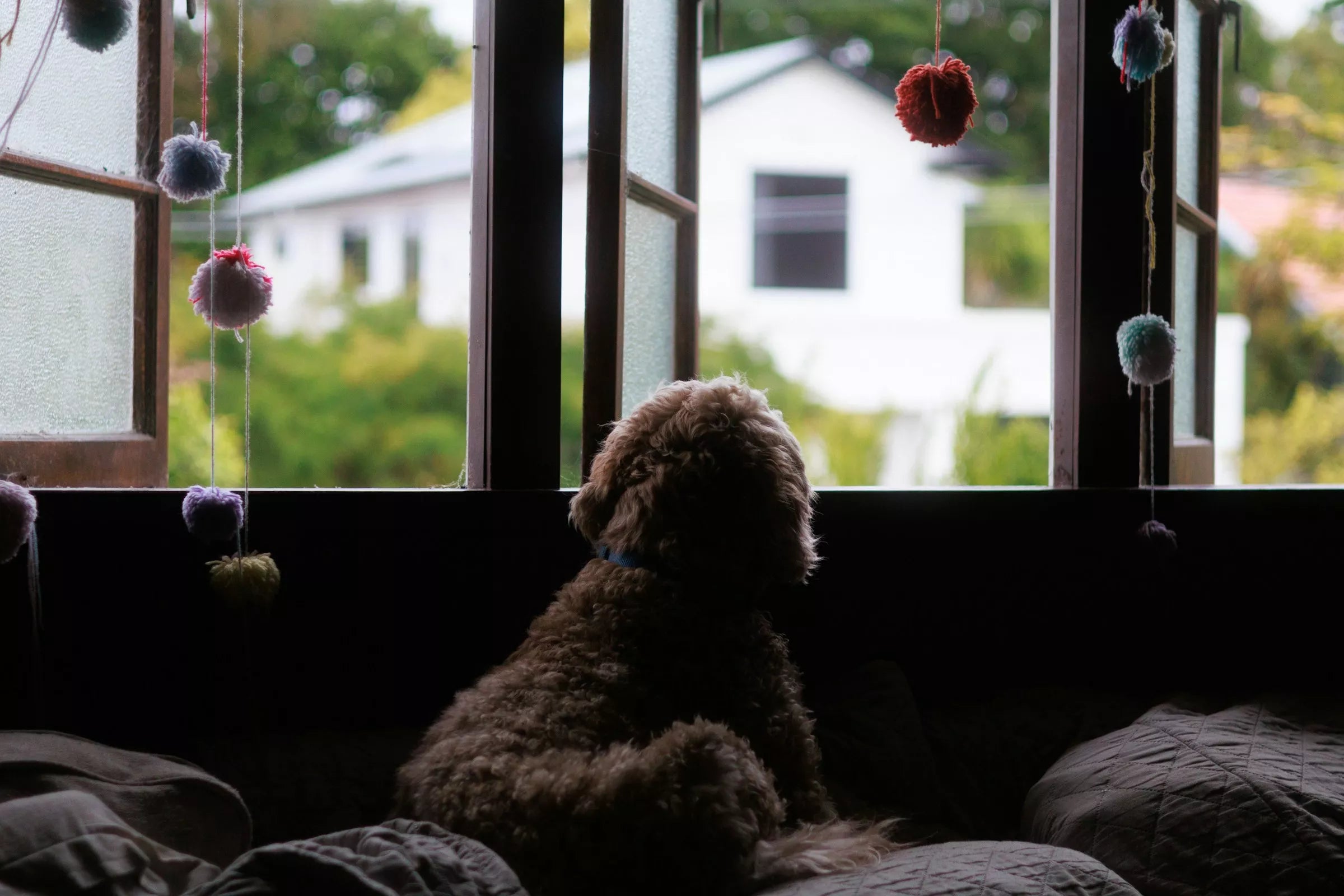Introduction
Having a dog is one of life’s greatest joys, but when your furry friend just won’t stop barking, it can become a real challenge. Whether you’re working from home, entertaining guests, or just trying to enjoy a peaceful evening, constant barking can be frustrating. But don’t worry—you’re not alone, and there are simple, effective ways to help your dog calm down. Let’s dive into three easy tricks that can help stop your dog from barking excessively.
Why Does Your Dog Bark?
Before we get into the tricks, it’s important to understand why your dog is barking in the first place. Barking is a natural behavior for dogs, but when it becomes excessive, there’s usually an underlying reason.
Understanding the Root Cause
Your dog might be barking excessively because they’re trying to get your attention, or maybe they’re just bored. Dogs also bark when they’re scared or anxious, or when they’re protecting their territory. Each of these causes requires a slightly different approach, so identifying why your dog is barking is the first step in addressing the behavior.
Identifying the Triggers
What sets off your dog’s barking? Is it the mail carrier, other dogs walking by, or maybe even squirrels in the yard? By observing your dog’s behavior, you can start to identify patterns and triggers. Knowing what makes your dog bark is key to stopping it.
Trick #1: Redirect Your Dog’s Attention

One of the easiest ways to stop your dog from barking is to redirect their attention to something else. Distraction can work wonders when used correctly.
The Power of Distraction
When your dog starts barking, try getting their attention with a favorite toy or treat. The goal is to shift their focus from whatever is causing them to bark to something more enjoyable.
How to Use Toys and Treats
Keep a few of your dog’s favorite toys or treats handy. When they start barking, show them the toy or treat and encourage them to come to you. Once they’re engaged with the toy or treat, they’re less likely to continue barking. It’s a simple trick, but it can be very effective.
When to Use This Trick
This trick works best when your dog’s barking is driven by boredom, frustration, or a mild trigger. However, if your dog is barking out of fear or anxiety, you may need to address those emotions first before distraction can be effective.
Trick #2: Teach the “Quiet” Command

Teaching your dog a “quiet” command can be a game-changer when it comes to excessive barking. It takes some time and patience, but the results are worth it.
Step-by-Step Guide
Start by letting your dog bark a few times, then calmly say “quiet” in a firm but gentle voice. The moment they stop barking, even if just for a second, reward them with a treat. Repeat this process consistently, and your dog will start to understand that being quiet leads to a reward.
Consistency is Key
Like with any training, consistency is crucial. Make sure everyone in your household is using the same command and rewarding the dog for being quiet. Over time, your dog will learn that “quiet” means it’s time to stop barking.
Common Mistakes to Avoid
It’s important not to reinforce barking by giving attention to your dog when they’re barking. Also, avoid yelling at your dog to be quiet, as this can increase their anxiety and make the barking worse.
Trick #3: Provide Adequate Exercise and Mental Stimulation

A tired dog is a quiet dog. Often, excessive barking is a sign that your dog has too much pent-up energy.
The Connection Between Exercise and Behavior
Regular exercise helps burn off excess energy and can reduce your dog’s need to bark out of boredom or frustration. A well-exercised dog is more likely to relax and less likely to bark excessively.
Daily Exercise Routines
Take your dog for daily walks, play fetch in the backyard, or visit a dog park. The key is to ensure your dog gets enough physical activity to tire them out. The more energy they expend, the less likely they are to bark excessively.
Mental Stimulation Activities
In addition to physical exercise, mental stimulation is just as important. Puzzle toys, interactive games, and training exercises can keep your dog’s mind occupied and reduce boredom-related barking.
Creating a Peaceful Environment for Your Dog
Sometimes, excessive barking can be reduced by simply creating a more peaceful environment for your dog.
The Importance of a Calm Space
Designate a quiet area in your home where your dog can retreat when they need to calm down. This space should be free from external stimuli that might trigger barking, like windows facing busy streets or loud noises.
Reducing External Triggers
If your dog barks at people or animals outside, consider using curtains or blinds to block their view. You can also use white noise machines or calming music to drown out sounds that might trigger barking.
Patience and Persistence Pay Off
Stopping excessive barking isn’t something that will happen overnight. It takes time, patience, and consistency.
The Role of Positive Reinforcement
Always use positive reinforcement when your dog behaves well. Praise, treats, and affection can go a long way in reinforcing the behavior you want to see.
Celebrate Small Wins
Remember, progress is progress, no matter how small. Celebrate the little victories along the way, and don’t get discouraged if it takes a while for your dog to fully overcome their barking habit.
Conclusion
Excessive barking can be frustrating, but with patience and the right approach, you can help your dog learn to be quieter. By redirecting their attention, teaching the “quiet” command, and ensuring they get enough exercise and mental stimulation, you’re setting your dog up for success. Remember, consistency is key, and every dog is different, so what works for one might take a little longer for another. Stay positive, and keep working with your dog—you’re building a stronger bond with every step.
FAQs
How long will it take to see results?
The time it takes to see results varies depending on your dog’s personality and the consistency of your training. Some dogs may respond within a few days, while others might take several weeks.
Can I use these tricks with a puppy?
Yes, these tricks can be used with puppies, but remember that puppies have shorter attention spans, so be patient and keep training sessions brief.
What if my dog barks when I’m not home?
If your dog barks when you’re not home, try providing them with engaging toys or consider hiring a pet sitter to check in on them. You might also want to consult with a trainer to address separation anxiety.
Should I consider professional training?
If you’re struggling to control your dog’s barking despite your best efforts, professional training can be a great option. A certified trainer can provide personalized advice and techniques.
Is it okay to use a bark collar?
While bark collars can be effective for some dogs, they should be used with caution and as a last resort. It’s always best to try positive reinforcement techniques first.















Share:
What to Pack for a Road Trip with Your Dog
Top 5 Easiest Dog Breeds to Own